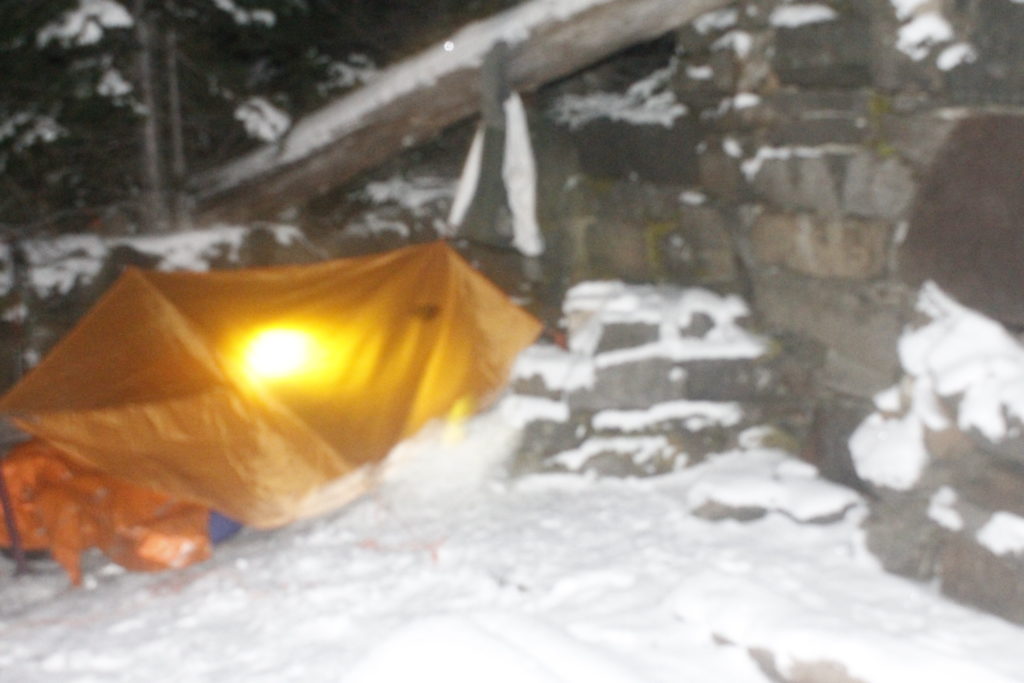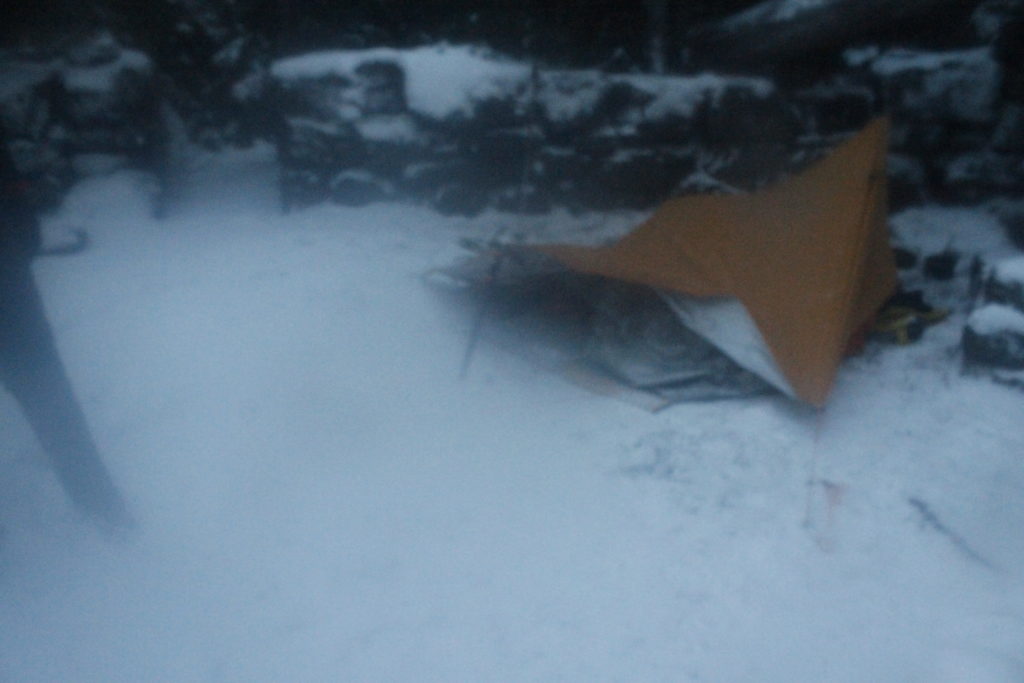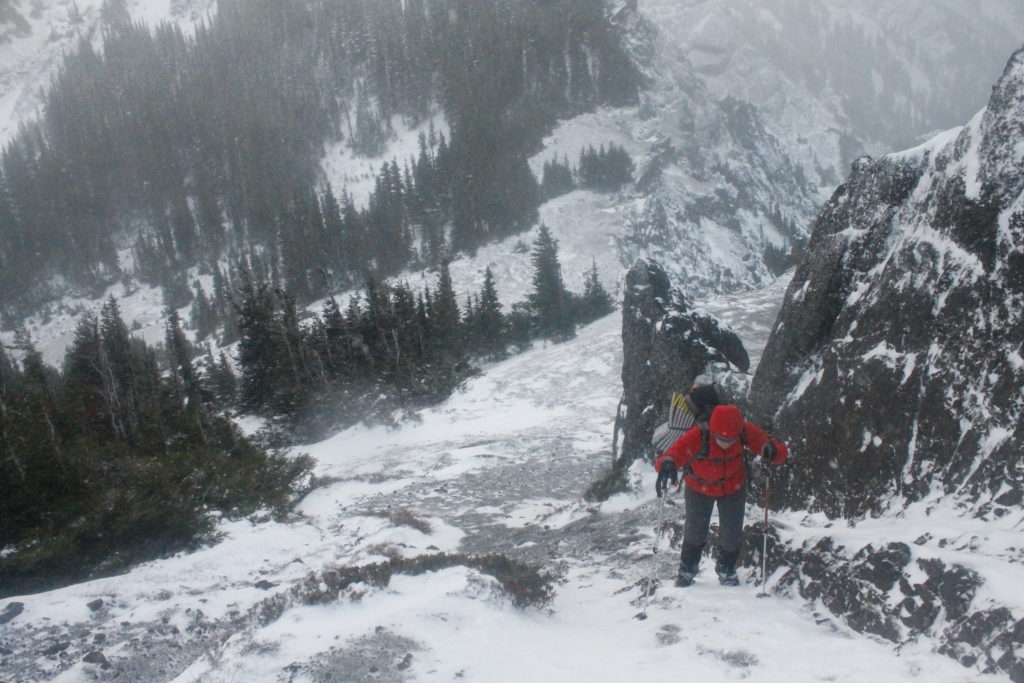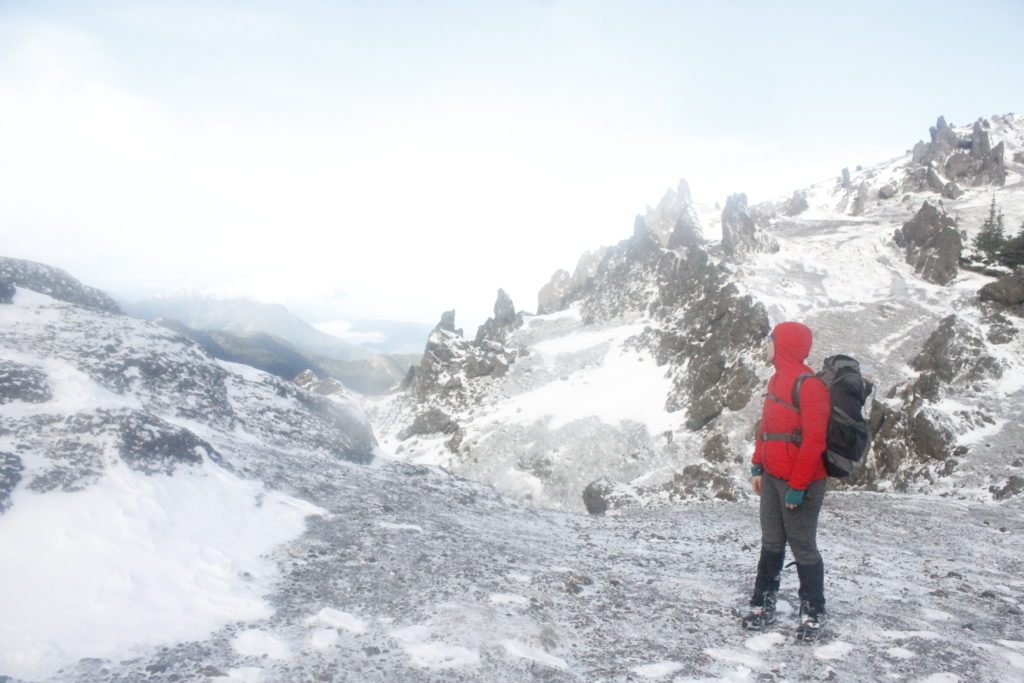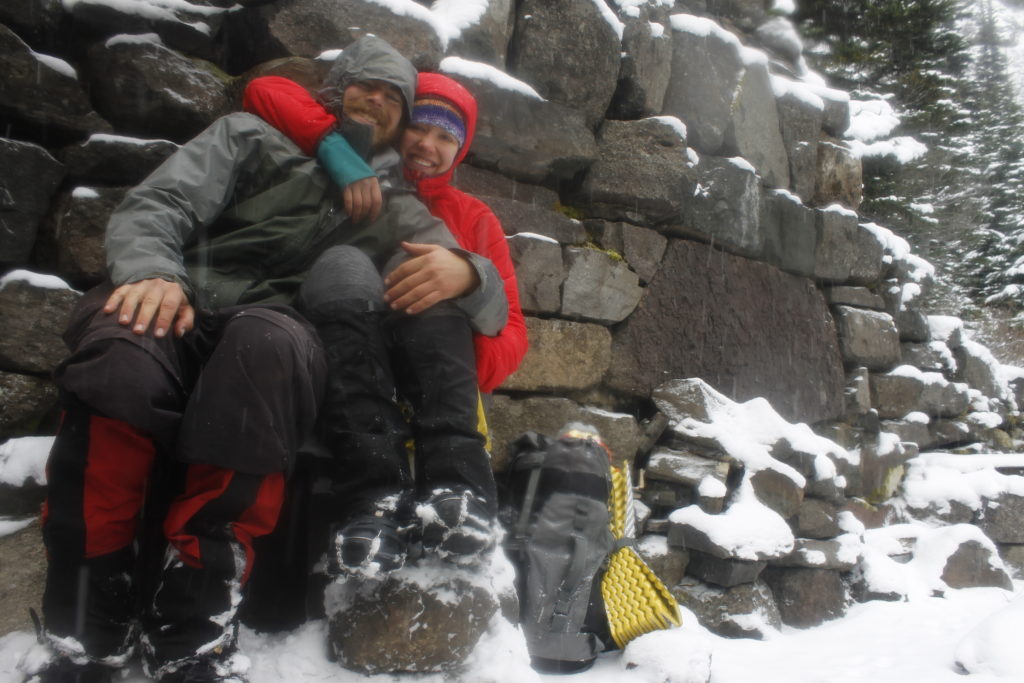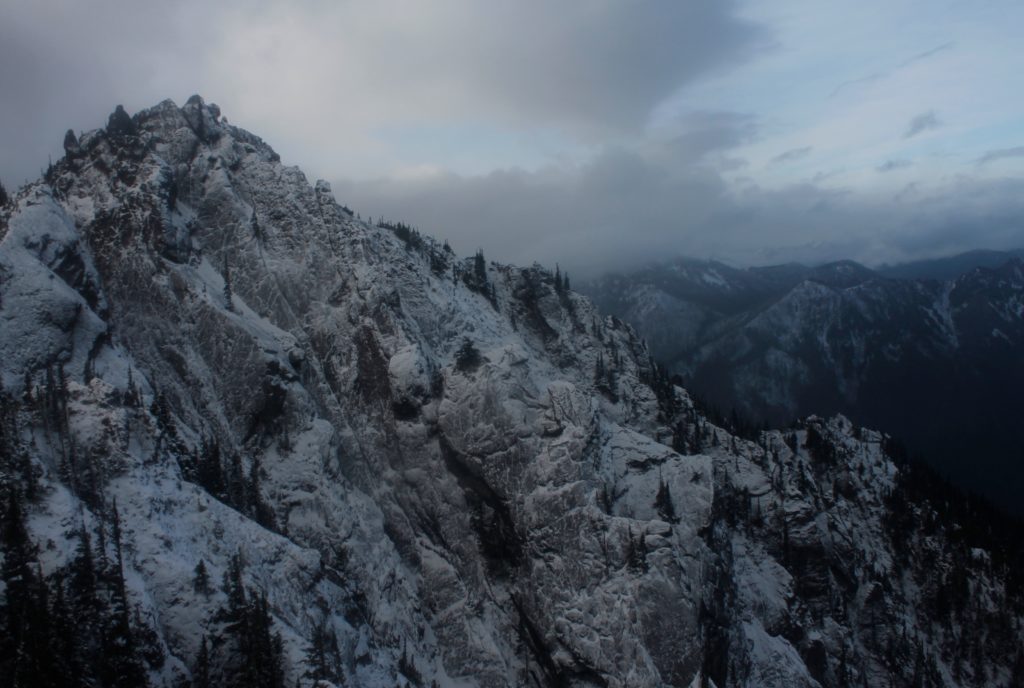“Ahh, I’m hoping to avoid that happening to me,” John said.
He was looking at the back of a heavy-set man in a plaid jacket, lurching awkwardly, painfully, from his vehicle across the gas station parking lot toward the doors of the convenience store.
The vision was quickly gone, as we were speeding down the highway out of Port Angeles, two beautiful fiberglass kayaks strapped to the roof of John’s truck. There was no way to assess whether we had seen a man who’d eaten a few too many convenience store Twinkies over the years, or whether other factors like injury or illness had robbed him of the ability to walk easily.
Either way, even the brief sight of those tortured steps made an impression on John who, at 65, has seen plenty of his peers go down the road of decreasing ability and decreasing will to be active. He’s nowhere near slowing down though, keeping active through mountain biking, road biking and going dancing with his wife.
And he still hits the water in his sweet fleet of kayaks multiple times a week, winter weather be damned. He logs eight-mile downwind runs in a dagger-fast surf skis on Lake Crescent, regularly plies Port Angeles Harbor, amidst the log booms and harbor seals. Last fall, he and a friend paddled across the Strait of Juan de Fuca to Vancouver Island and Victoria, British Columbia. (some 30+ miles.) When he needs a little more adrenaline, he’ll take his squat 14-foot plastic kayak, “rock gardening” — a pastime that involves veering the boat into, out of and over rocks when the waves are crashing in.
The waves would be crashing in today, alright. The forecast called for a strong wind flowing out of the Fraser Valley in Canada, howling down the Haro Strait to our launch at Freshwater Bay — a few miles west of Port Angeles. The National Weather Service had posted a Small Craft Advisory. Even so, the weather in Port Angeles was mild and windless. Feeling complacent, I only put a thin layer on beneath my drysuit before I headed out the door.
The tree branches did not clash, nor was there any other sign of wind as we drove along the road down to the put-in. It was only the last turn in the road, before I saw the trees begin to sway. Then I looked at the sea.
“Whoa!”
There were six-foot slabs of water rolling in, toppling over themselves in blasts of angry foam. The shallow, tidal beach only extended the violent interplay between land and water — row, upon row of breakers snarling into shore. When strong westerlies trouble the Strait of Juan de Fuca in the summertime, Freshwater Bay is usually a patch of calm. On this first day of February, it was the rodeo.
Further out, the sea hardly seemed kinder, with the waves rebounding off of Bachelor Rock creating more tumult. Even mightier waves loomed up and broke over themselves just beyond the bay.
To the north lay the snowy flanks of Mount Baker. It seemed to me that some hoary war god was pointing his finger at us from the summit, whipping up the armies of the sea against our launch.
John and I consulted. The waves were bigger than we’d expected, but we were confident we could punch our way off the beach in his 16-foot fiberglass kayaks. Maybe we wouldn’t be doing any rock gardening today. Maybe we wouldn’t even go out of the bay, but just getting on the water would be a worthy adventure, one with an exciting opportunity for surfing off the beach.
Before we headed out, both of us put some extra layers on beneath our drysuits for warmth. I slapped on a rain jacket too so that I could use it’s hood. John didn’t bring any head gear, but I gave him a wraparound hood, that I’d salvaged from one of my old jackets.
“Only trouble with these hoods is that they cut out peripheral vision,” I said.
Nonetheless, we agreed that it was going to be helpful to have as many warm layers as possible on this blowy February day.
I was also glad to have someone like John on board, who has spent years kayak surfing off the Olympic Peninsula and has experience in kayak rescue and other gnarly situations. An ex-prison guard (you would never guess from his easy smile or ready laughter), his job required that he be able and willing to restrain, incapacitate or kill violent inmates. This reality didn’t make him into anyone’s hardhearted authoritarian. In fact, he sympathized for the prisoners he watched, and thought it was all too easy for people in desperate circumstances to make the wrong decision. He is passionate about the marine environment and worries about what global warming is doing to the waters that he plays on.
For the first part of the day’s game, we set our boats on the damp sand, just within reach of the waves, got in, snapped sprayskirts into place, started scooting ourselves toward the melee.
The tide in shallow Freshwater Bay goes out quite quickly, and we had to scoot ourselves after it. Finally, a big swell of water lifted me off the sand, and I started paddling immediately, taking no time to put my hands into the insulating neoprene pogies on the paddle shaft. At first, the kayak’s upturned bow sliced easily through the sub-waves. Then, one of the larger breakers crashed right in front of me, burying me chest-deep in frothing water.
The kayak slowed, but I dug back in with the paddle, pushing myself forward. To lose momentum was to give up the game and get thrashed back into the beach.
I got to the face of the next wave — a taller one — just as it steepened before the break. This time my bow pointed up at the sky, and I dug in against gravity with ferocious strokes. The kayak nosed over the top, and bellyflopped onto the water on the other side. The wave exploded behind me. The next few waves were in varying stages of collapse, either allowing me to paddle over them, or else breaking over my deck.
Once we were away from the main break-zone, we were in less immediate danger of getting smashed up by a wave, but the waves were still steep, and more than a few of the bigger ones were still still break over themselves unpredictably — a nasty surprise for a kayaker.
“Keep looking to your left,” John advised.
Aye aye, Captain. I flipped my hood down so I could get a wider arc of vision.
The prettiest kayaking out of Freshwater Bay is arguably along the rock cliffs and sea caves to the west, but in these conditions, that area was sure to be a breeding ground for treacherous reflector waves and sneaky breakers coming over the reefs.
We opted to go east toward the mouth of the Elwha River, where there would be a sandy shore. Before our bows, Klahhane Ridge rose up in a snowy 6,000 foot wall above Port Angeles. It was backlit, but spectacular as always.
I kept looking to the left. The steep waves were forever on the cusp of rolling over. I would lean into them, and support myself by sinking my paddle into their sides with a high brace. Here and there I would accelerate my boat or slow down to avoid a surprise breaker. As I watched John’s boat disappear and reappear behind waves, I contemplated how difficult it would actually be for one of us to rescue the other if one of us capsized. Yes, it was safer that there were two of us, but as the seas got more wild, we had look out for ourselves, and keep an eagle eye on the water.
“There’s a break zone above that reef over there,” John called.
That patch of sea on our right was a place I knew because it usually offered calm. During the summer months, bull kelp growing off the sunken rocks there tended to dampen the incoming waves. Now the kelp was gone, and the waves were stacking up over the shallow water. Bathymetry was no academic concern here. Water depth had everything to do with whether we could glide over the waves or whether they would crash on top of us.
On our other side, there was another line of breakers, easily-eight feet high. Impossible to tell whether there was another reef there, or else some weird wave convergence/amplification happening in that zone. What was clear was that we were paddling a shaky corridor of relative safety between two much more violent zones. There was little to suggest that the big violent breakers further out couldn’t push their way in toward our current position, making for dangerous paddling.
John and I opted to turn about. The current in the strait was going west with the ebbing tide, carrying us back toward Bachelor Rock quickly.
Here and there were patches of fizzy water where tiny bubbles danced to the surface. Danger! These marked places where waves had broken recently and were likely to do so again quickly. I swerved my boat around one of these bubble patches, just before another wave came up and crashed in the exact spot.
“Wind’s dying down!” John announced.
The air was calmer now and warmer, though the sea was still bucked and heaved.
Perfect surfing conditions. We pointed our bows at the shore and waited to catch a ride. I flipped my tracking skeg down for better handling (John’s was disabled from gravel that had clogged the mechanism during our seal launch off the beach,) started paddling tentatively in the wave direction..
The first wave nudged my boat along for a couple yards before it surged past me, but no matter, it gave me the acceleration I needed to catch the next one. I felt the back of the boat lift up as the bow sunk down into the trough. Leaning forward, to bring the weight of the boat to the bow, I paddled hard, then cut my speed so I wouldn’t overshoot. In no time, the wave was whipping me into a broach — turning me sideways in spite of the skeg and a hard stern rudder stroke.
I flipped my weight onto the other side, leaning straight into the wave face as it broke around me. The paddle fought for purchase in the aerated water. My head and torso were horizontal now. I jammed hard on the paddle and instinctively flipped my hips, sending myself back upright to finish my ride in triumph.
“Whoooo!”
The wave petered out and I quickly swung my boat around so that I could meet the next one head on. I noted that I had a slight ache in my shoulder blade due because of my sloppy high brace. Shoulder dislocation is one of the most common injuries that happens to kayak surfer. The risk is lessened by making sure to keep the paddle well in front of your torso while bracing, however. John and I paddled back out a few more times to catch some more waves. I had some good rides, but none as adrenaline filled as the first.
The wind began to blow again, knocking down the swells and diminishing their surfability. John and I paddled further off shore to check out the water around Bachelor Rock. The small sea-stack, with its lone, wind-snarled pine at the top, creates the western boundary of the bay. It is often a place where the currents muddle into each other and the waves get weird.
Today, Bachelor was sending out reflector waves — almost as tall as the primary waves — out at a right angle into the wave direction. Where the crests overlapped, it created steep, short-lived towers of water, followed by a sudden drop-off. The water was difficult to predict or brace off of.
I intended to get a small piece of the action by cutting close, but not too close, to Bachelor and then turning back into the bay. But circumstances were going to give me a closer look than I wanted.
As I approached the rock, I realized that the tidal current was beginning to push me into the worst water. A jolt of adrenaline went through my system along with the realization I needed to act quickly and precisely to get out. I swung my bow to the northeast and paddled hard. Meanwhile, I had to make constant micro-braces with my paddle blade as the water rose and fell randomly around me. John matched my course from a distance, though I could only catch glimpses of his boat through the waves. The only path back into the bay was through a break zone, which I traversed diagonally with strokes timed to avoid the breaks. Luckily, nothing crashed on top of me and I got back into the safer water unscathed.
But where was John?
I swung my boat 180 degrees, and saw him very close to Bachelor, his kayak rising and dropping in the chop. His expression was etched in concentration as he made quick adjustments with his paddle, reading and responding to the chaotic water. Eventually, he spat himself back out from the danger zone.
He, like me, had drifted closer to the action than intended, and gotten a nice shakeup out of the deal. With the hood cutting down his peripheral vision, he’d been caught unawares while turning his boat around, looked up to find himself right up next to Bachelor and in extremely chaotic water.
Both of us had adrenaline pumping through our systems. Once we were out of the danger zone, the fear had left and reckless joy rose in its place.
We surfed back into the beach, loaded the boats, cold but triumphant.
John had met plenty of young people, he said, that look down on sea kayaking as a slow, boring sport. But he knows better.
True, many of John’s friends prefer to go out on the calm days and take their time. They don’t necessarily jump to join him when there is a small craft advisory or gale warning. Nor does he mind such easy days. He takes satisfaction from the calm concentration required for the perfect paddle stroke — the torso twist, the pressure on the foot pegs, the timing of the blade. Even when nothing seems to happen on the water, he is not bored.
The crystal calm days and small craft advisories, each have their virtues and opportunities for play. Play, as he has frequently told me, gets top priority in his retirement.
After we unloaded the kayaks at his house, I’d be getting to work, while he had plans to go biking while the sun was shining and the sky was bright. We drove away from the boat ramp with Mount Baker and the churning seas in the rearview.
There would be other days for quiet paddling.

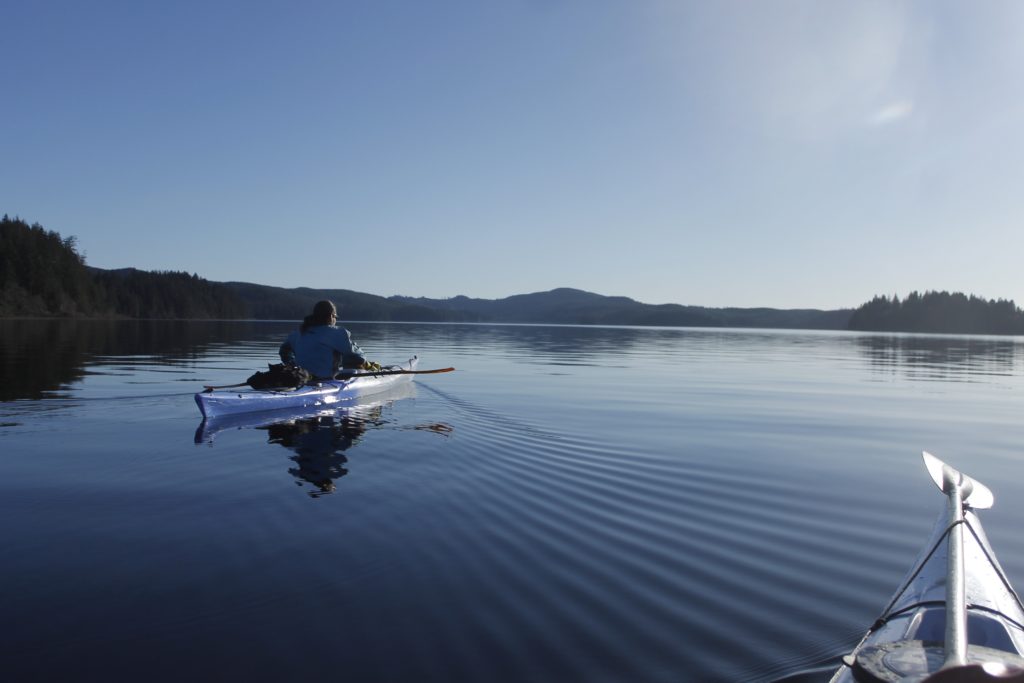

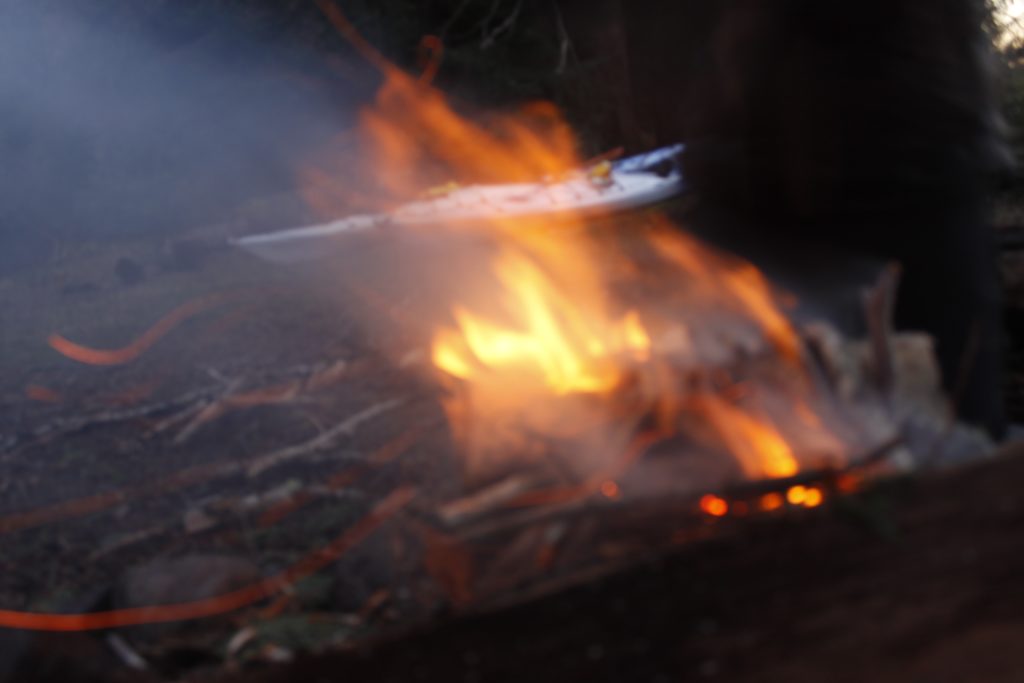
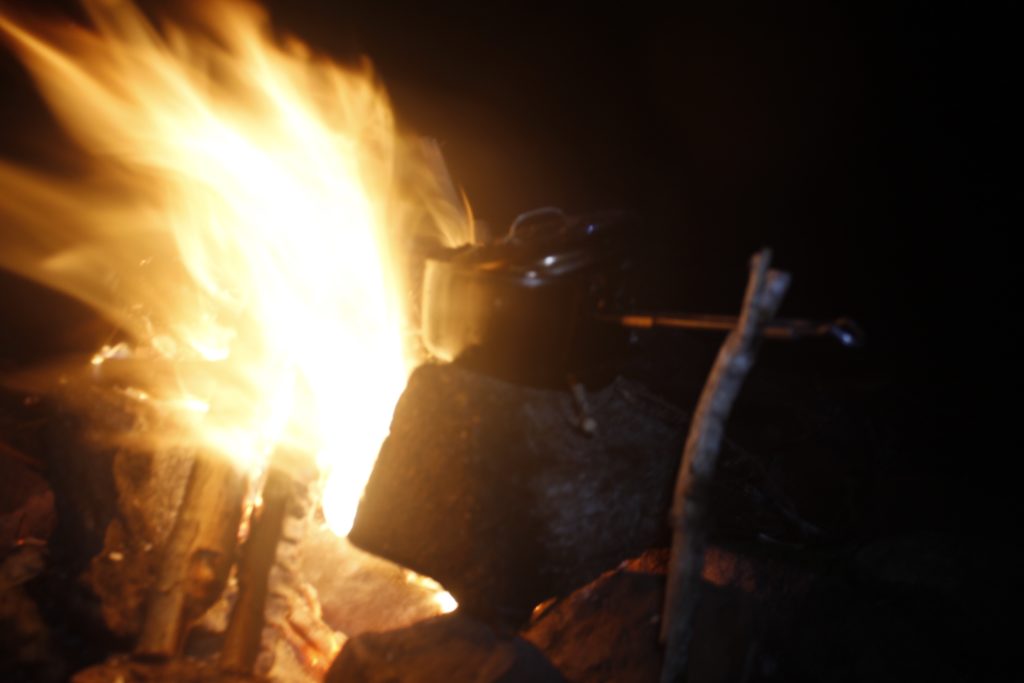
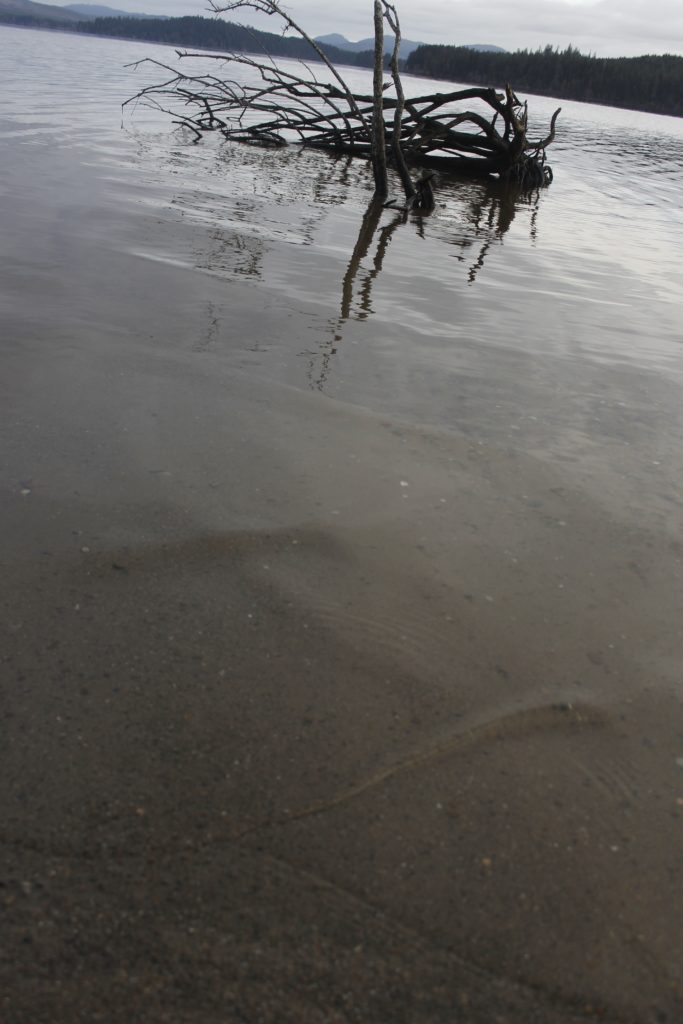

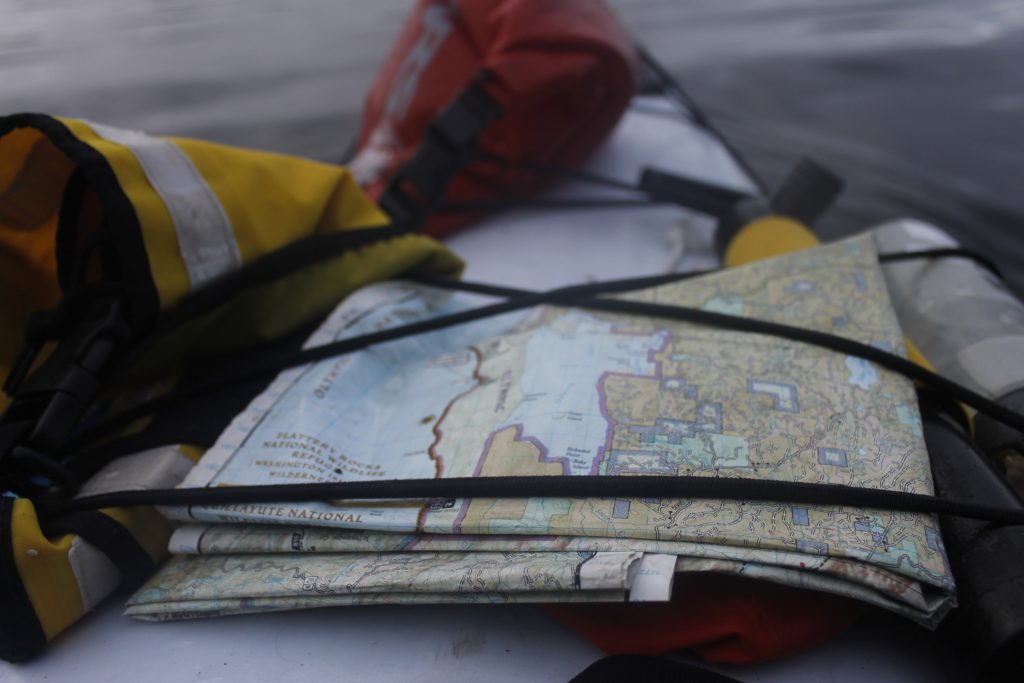
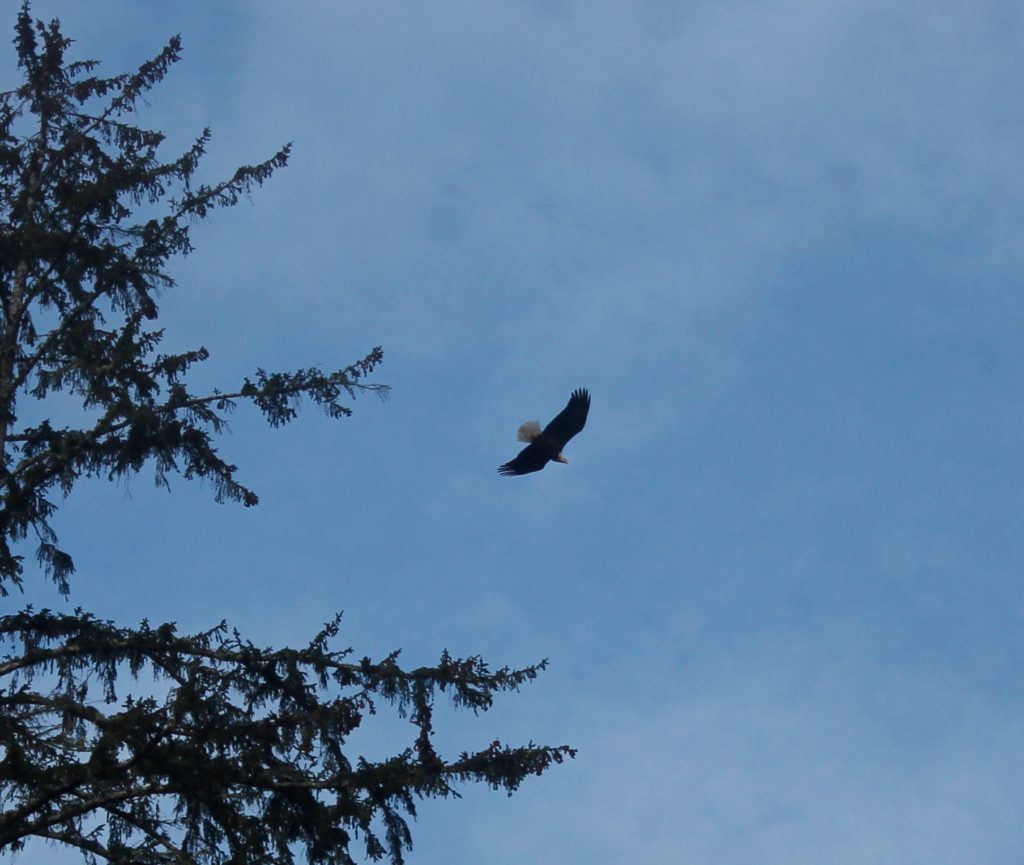

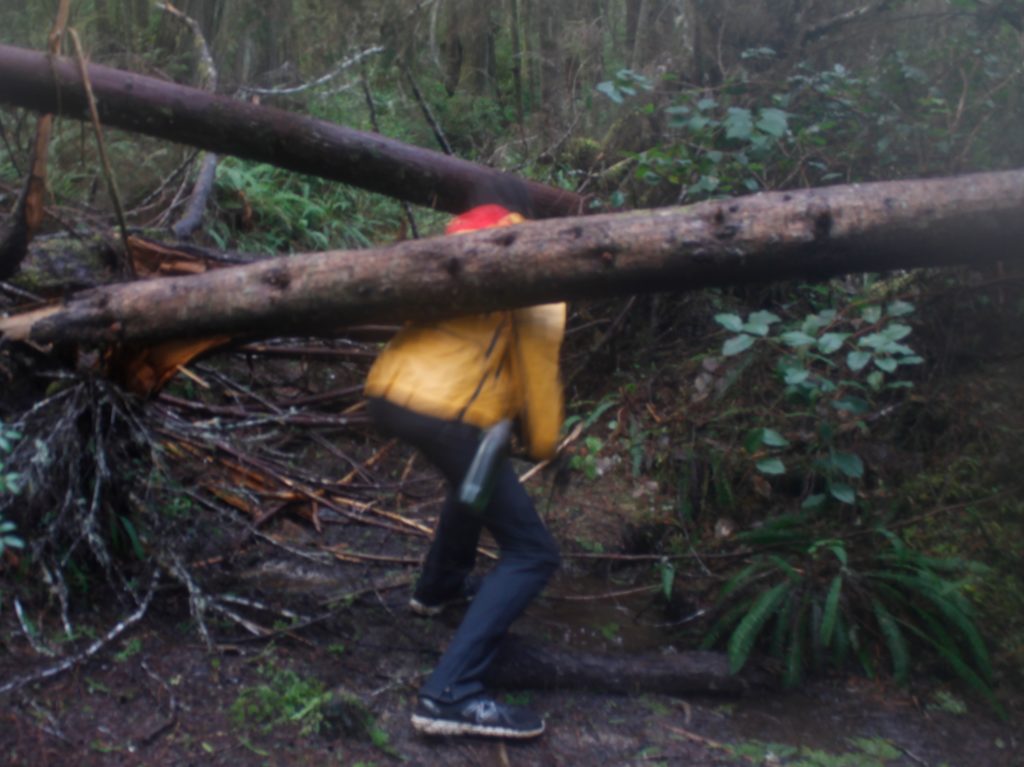


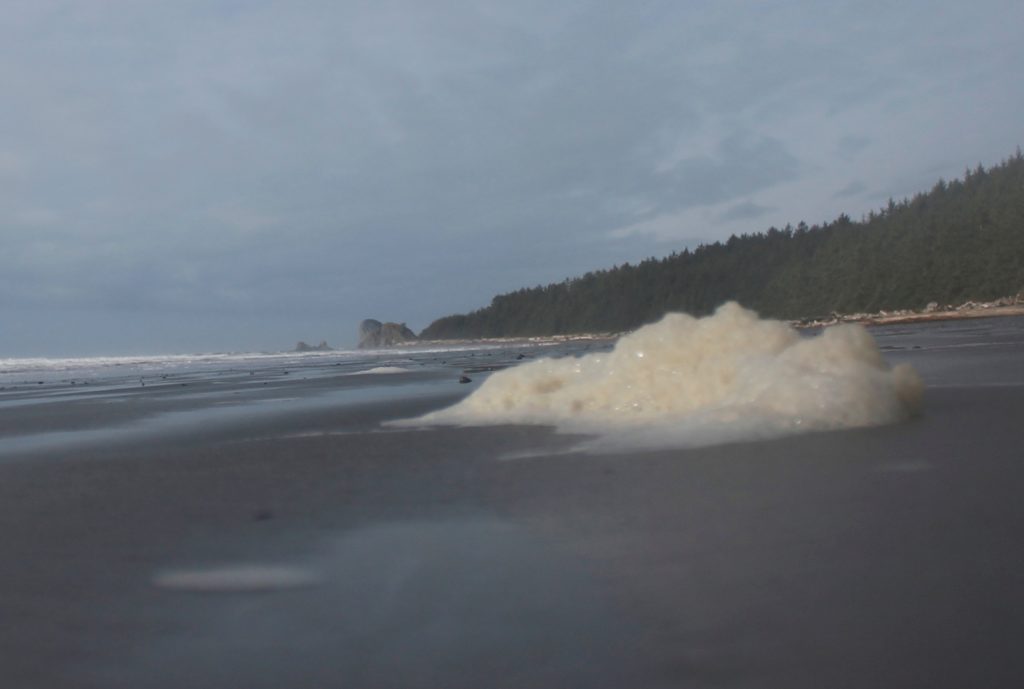
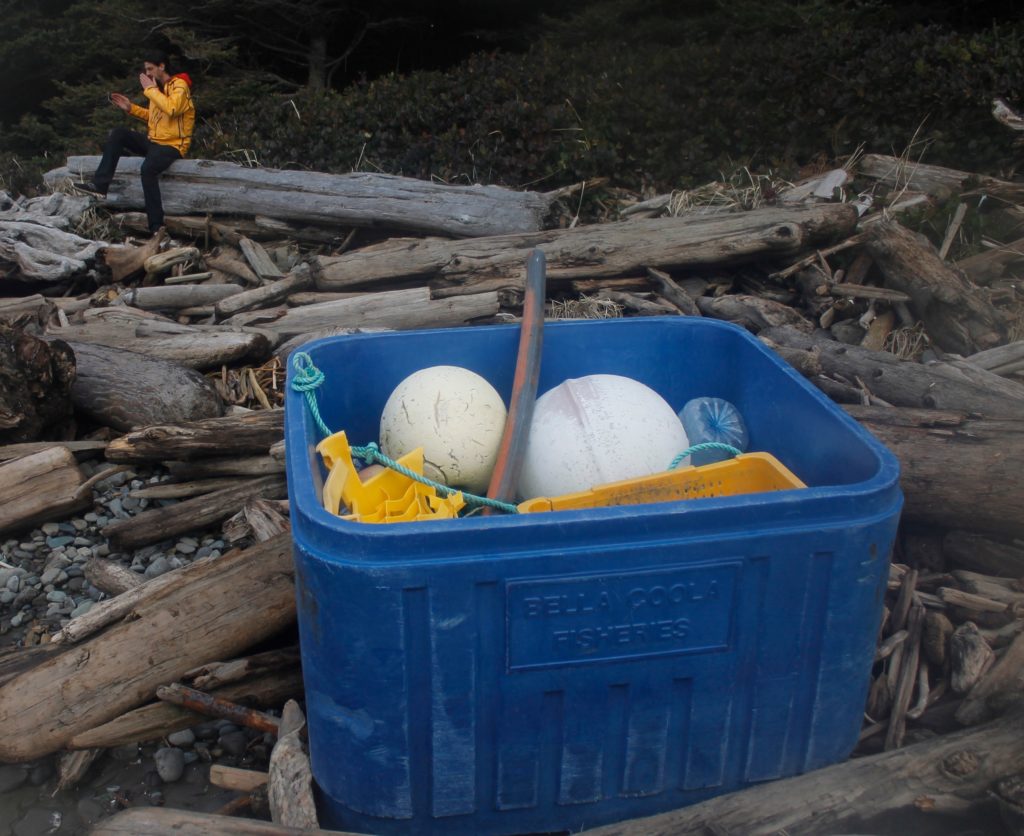
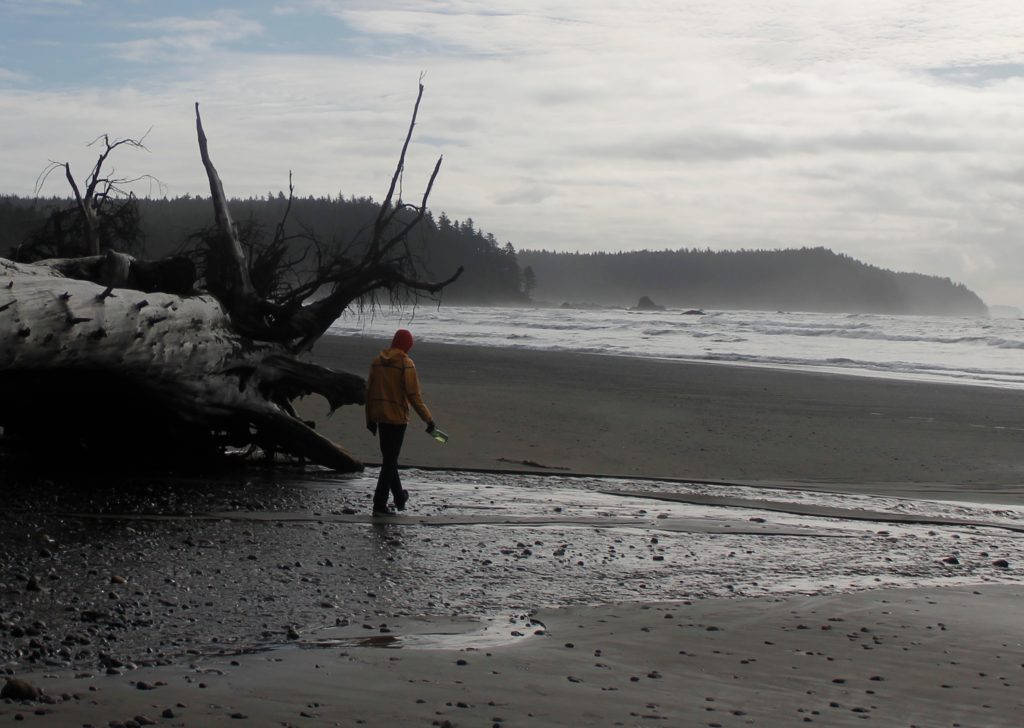
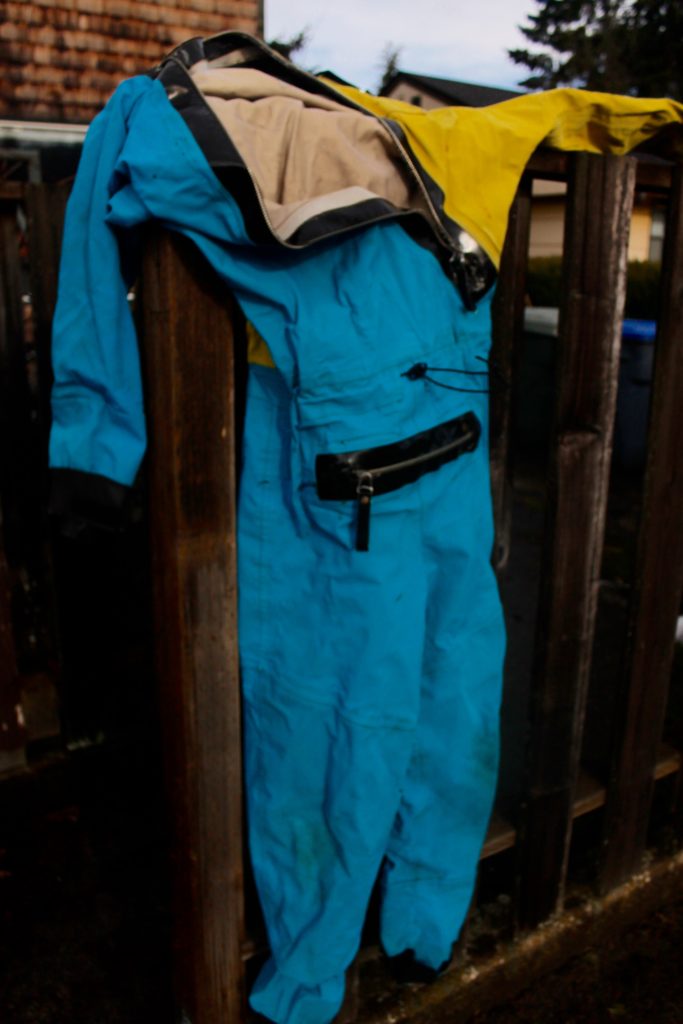

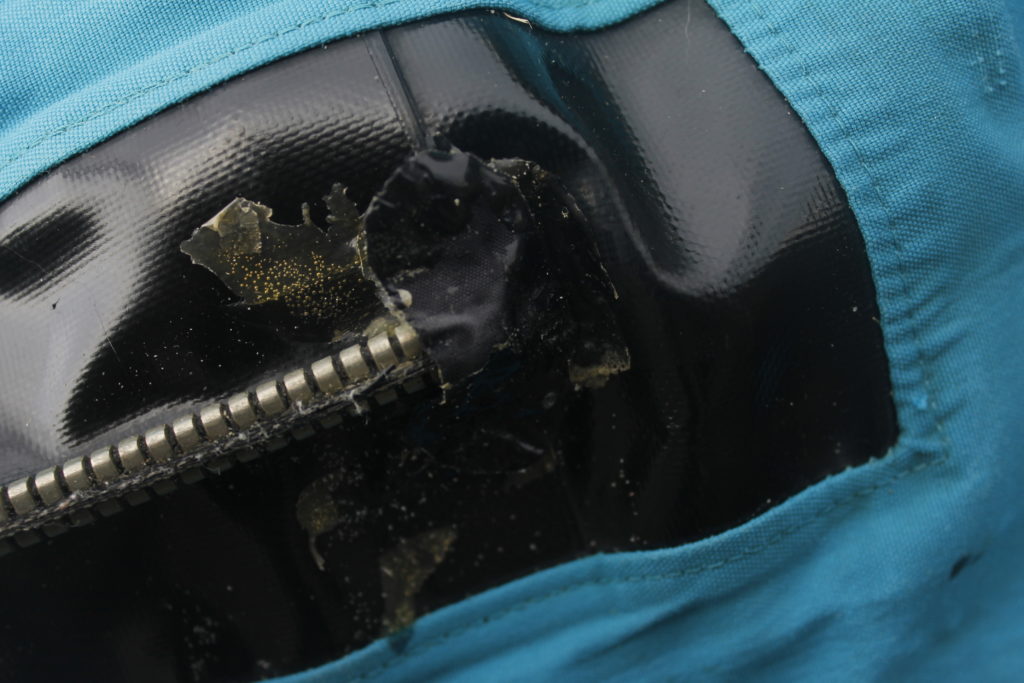
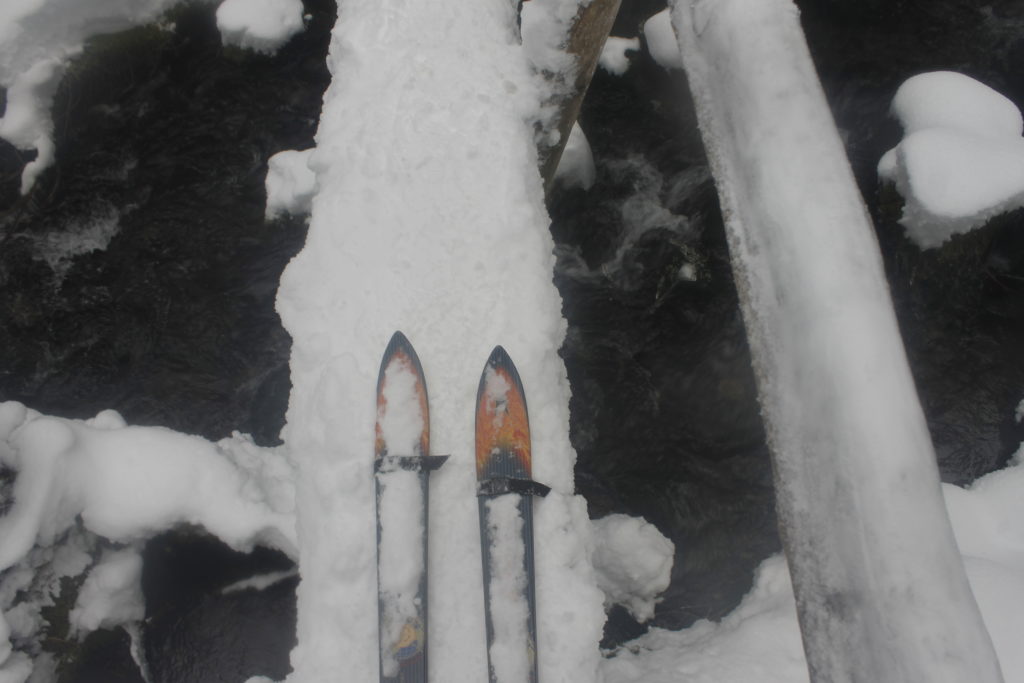

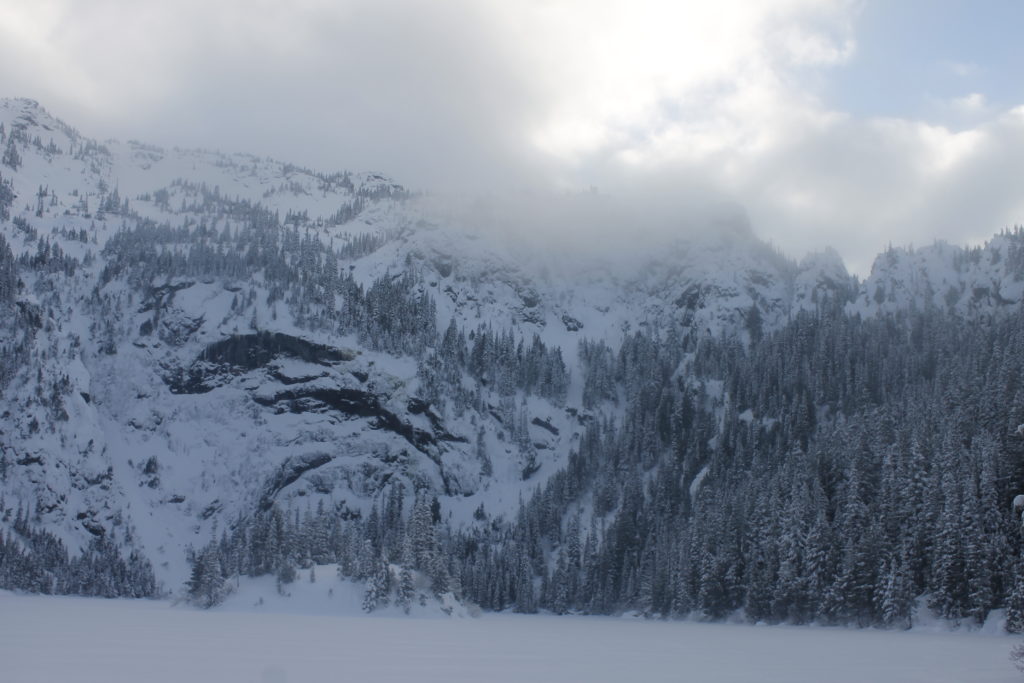
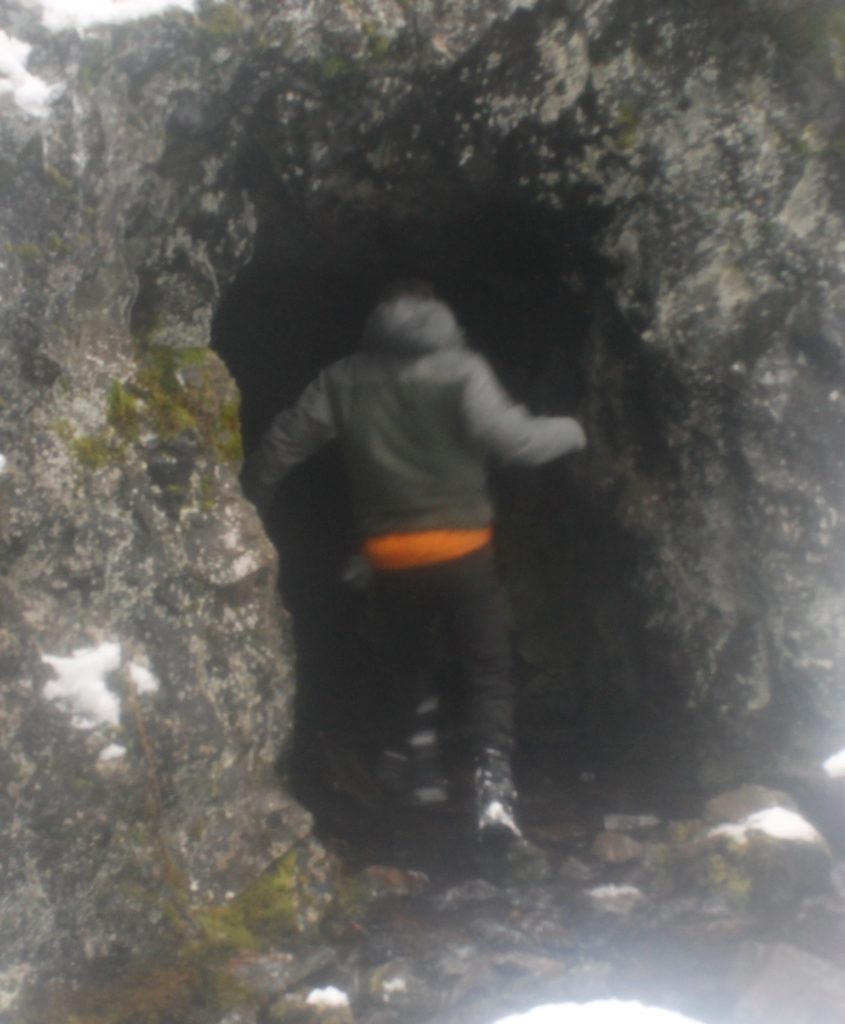
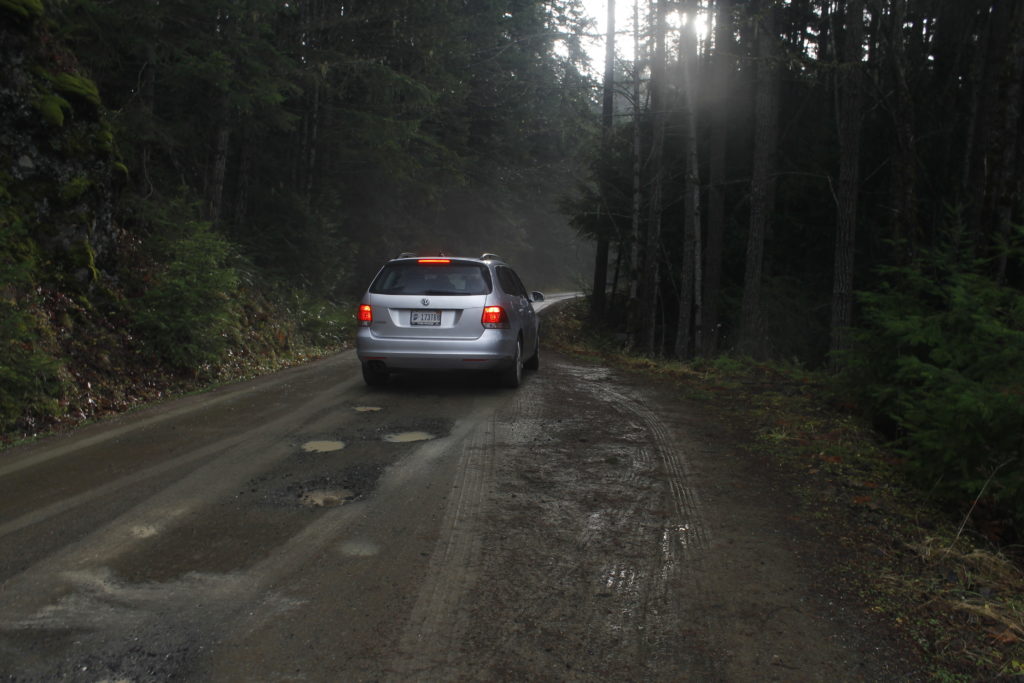
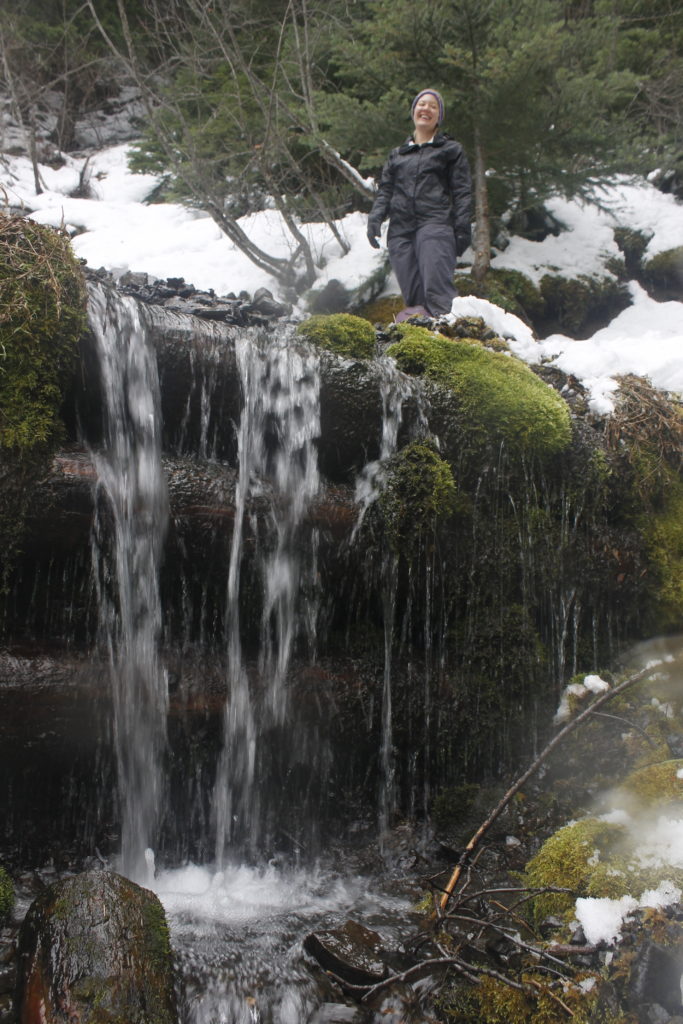
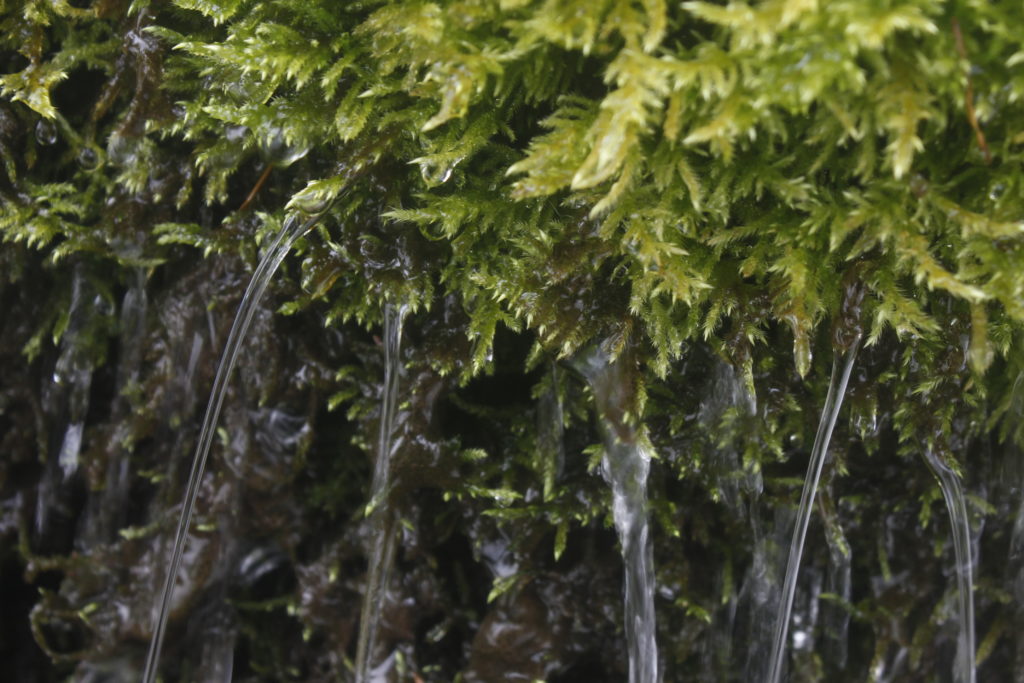 Moss closeup
Moss closeup 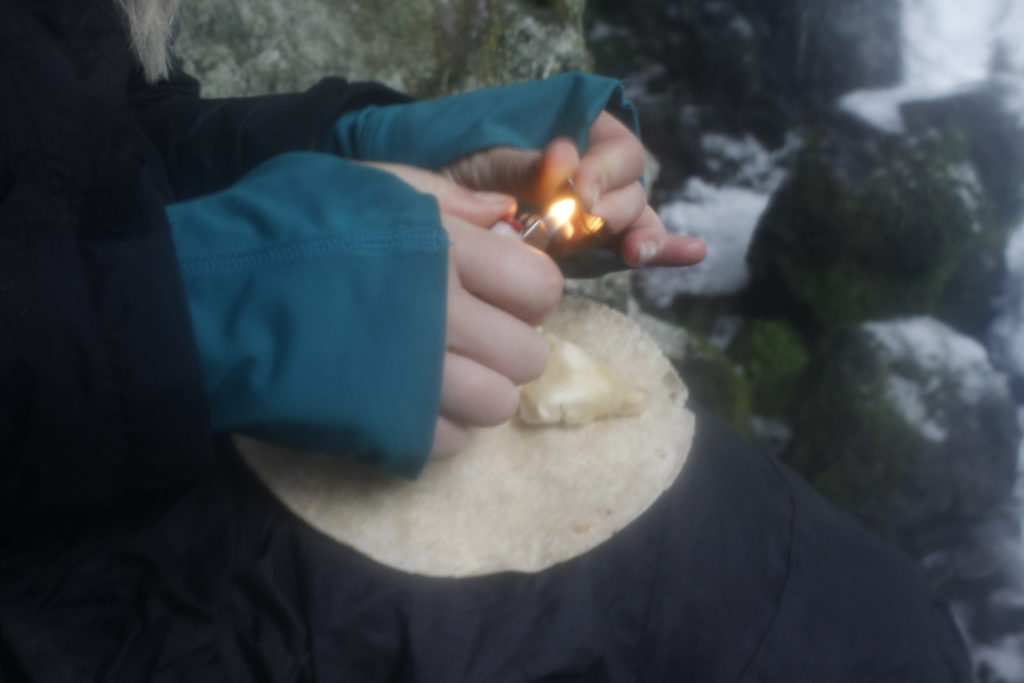
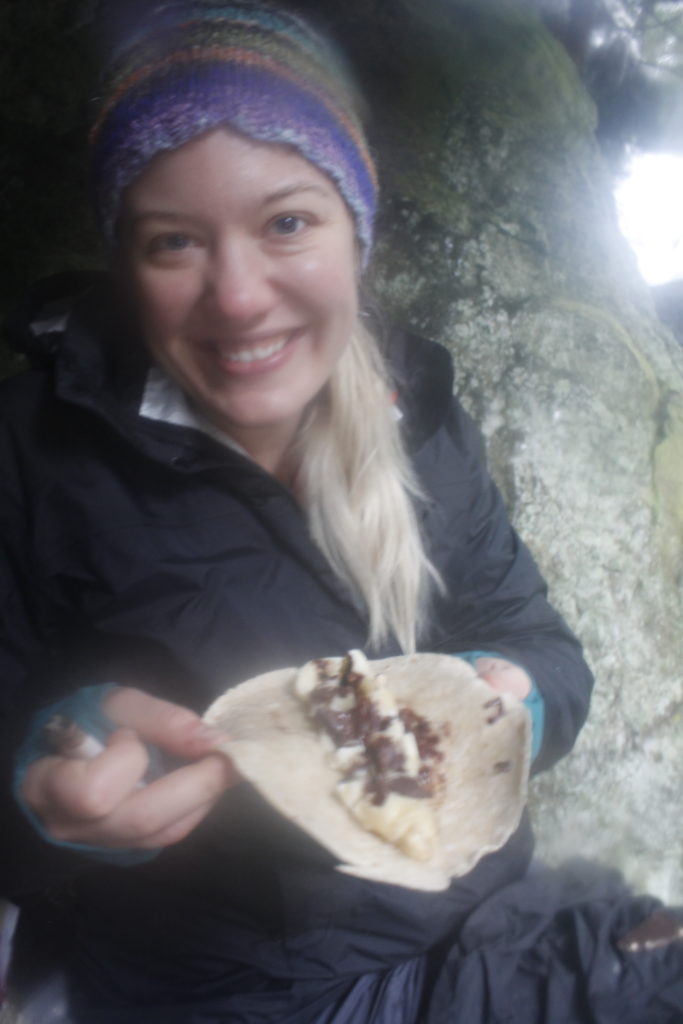
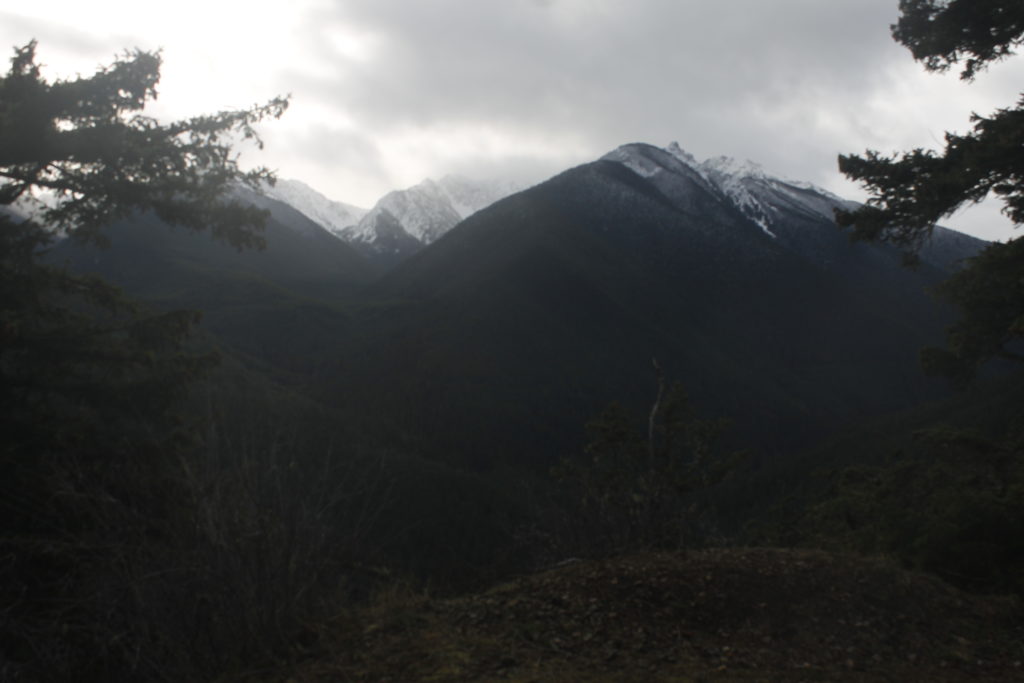
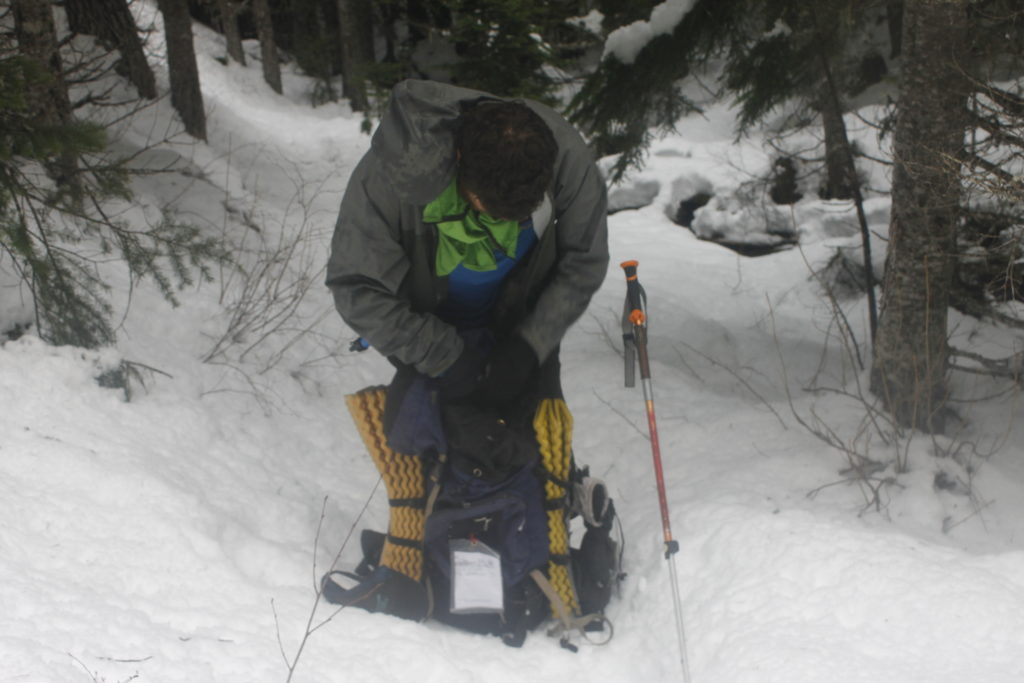 The author takes a moment to mess with his pack
The author takes a moment to mess with his pack